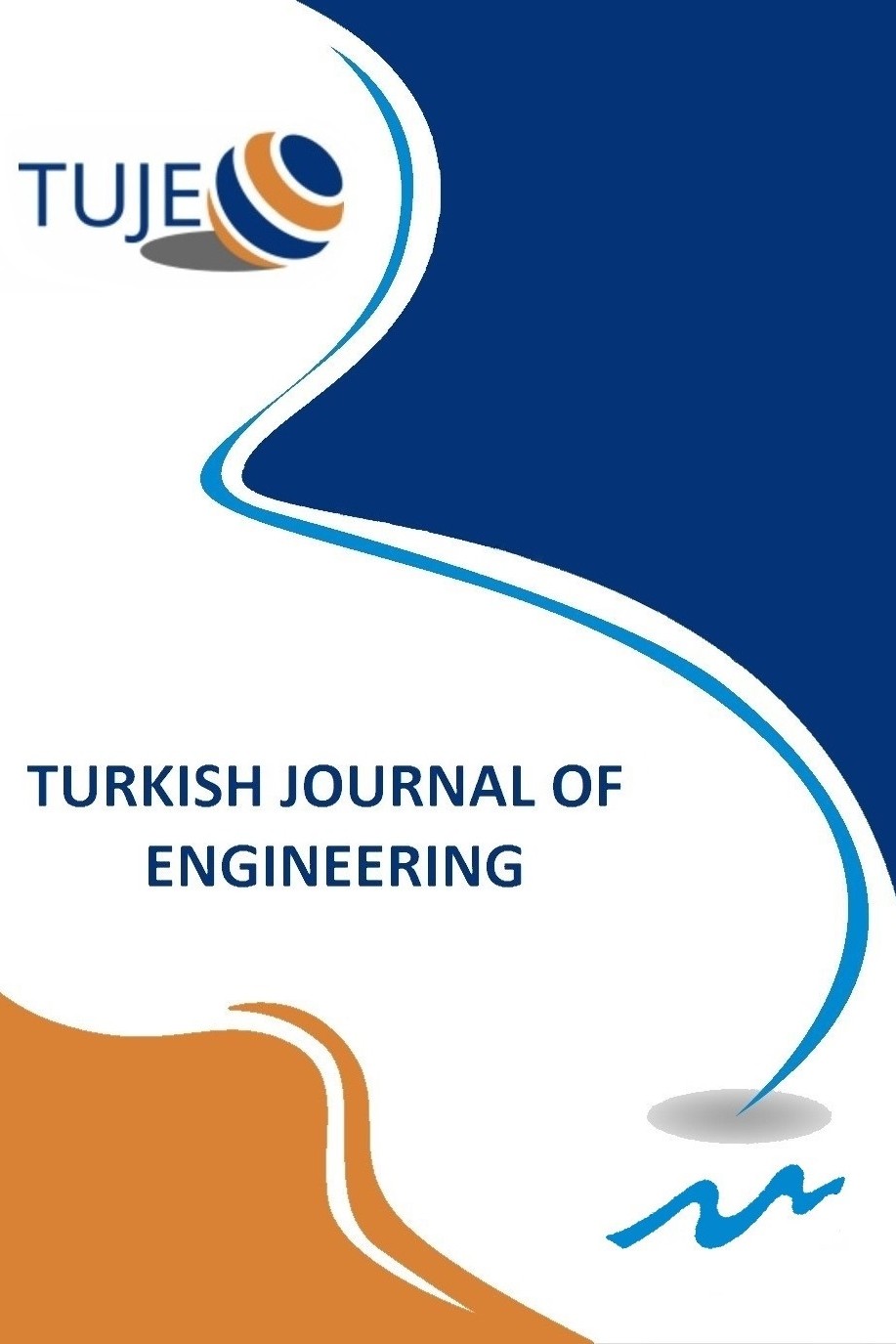
Turkish Journal of Engineering
Yazarlar: Ercüment ÖZTÜRK, Ahmet ULU, Tuğrul ÇAVDAR
Konular:Mühendislik
DOI:10.31127/tuje.443482
Anahtar Kelimeler:Internet of Things,Big Data,Sensor Technology,Data Transmission
Özet: Internet of Things (IoT) is a new and advanced network technology that incorporates inter-object communication and sensor technology that connects almost every controllable electronic device to be used in daily life with a different Internet Protocol (IP) address to the network environment. In such a large-scale network; data transmission, process monitoring, and so on. data processing and network traffic are also required to be addressed. Today's Internet architecture uses the TCP / IP protocol stack for communication and is insufficient to meet the needs of the large-scale IoT network. Therefore, it will be a big advantage to reduce the data traffic in an IoT network where large amounts of data will be generated. In this study, a new method for reducing the data traffic in a designed IoT network is proposed and the data traffic on the network is reduced by preventing the transfer of useless / repetitive data to the network environment.